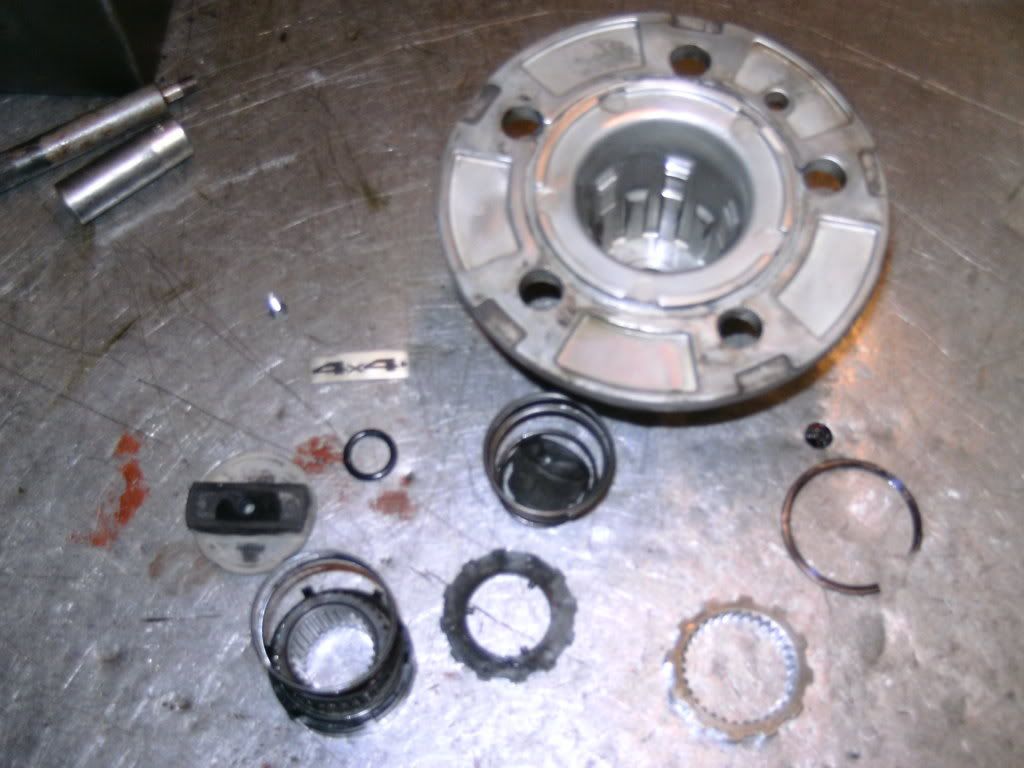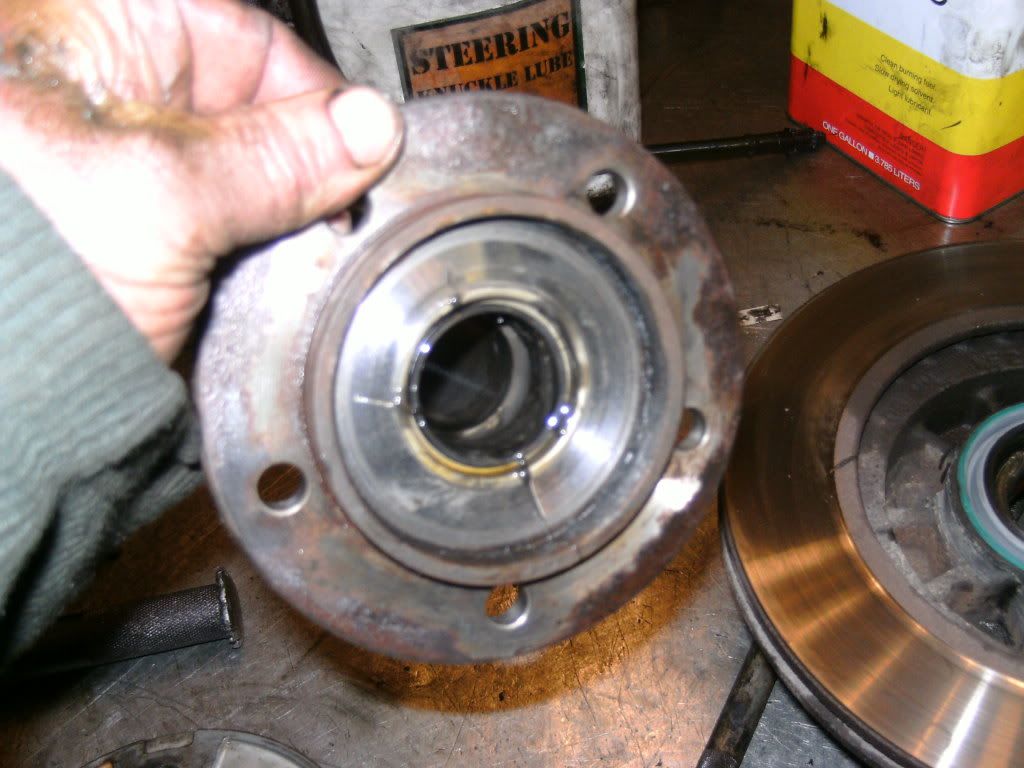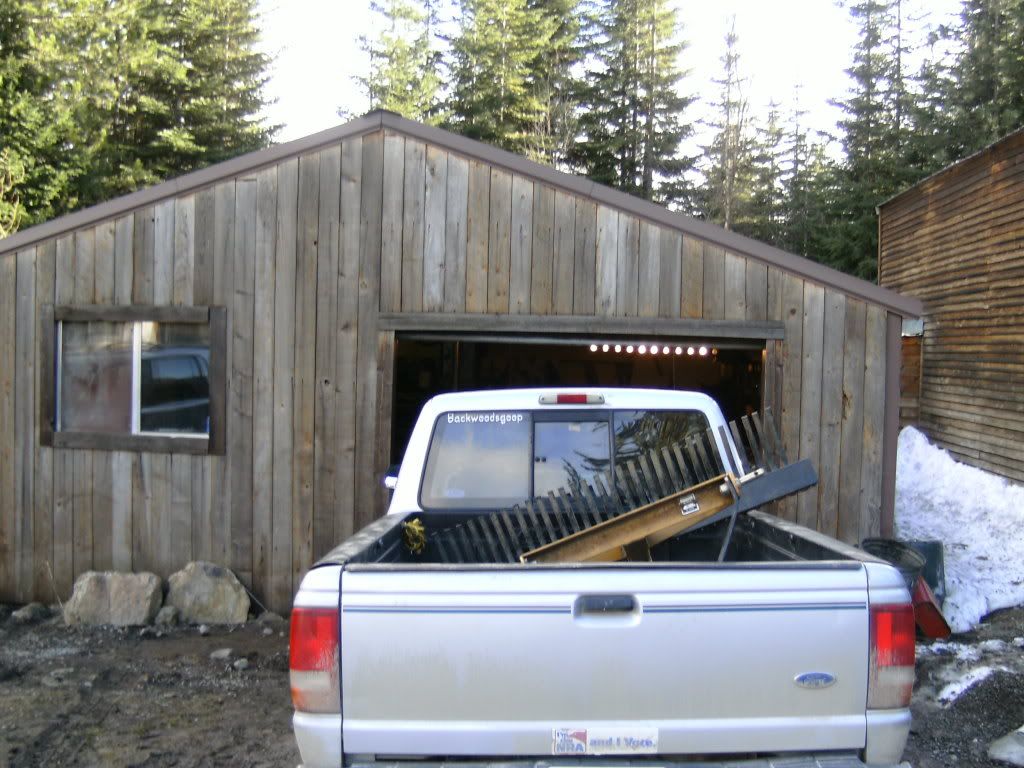Lubrication
To overcome friction and put its resisting power to as low a point as
possible, we use lubricants that can absorb the frictional heat and,
becoming vaporized by it, will carry the heat into space.
Lubricating is a necessity, and is the most important factor in the
mechanical world. Without lubrication all the power we can obtain from
Steam, Electricity, Gas, Water, Air and Horse Power, Spring and Wind
Power could be of no use to us, and travel on railroads and
steamboats, the running of factories, the riding in automobiles, in
carriages and wagons, the use of sewing machines, the riding on
bicycles, the keeping record of time by our watches ; in short, the
using of anything that is dependent on mechanical motion would be
utterly impossible.
We have then to investigate, "What is Lubricating?"
Nature teaches us the laws of lubrication by its wonderful workings in
the human body and in the bodies of all animals. All the joints of the
bones in the body would be useless and stiff were it not for their
being constantly lubricated by the so-called "Joint Water," an
unctuous fluid which surrounds all the joints of the skeleton part of
the body. This " Joint Water" is constantly produced and supplied by
nature, and is constantly consumed by the frictional heat created by
our exertions and movements, and is likewise constantly disposed of
and frees the body from the otherwise accumulating frictional heat by
transferring it, with the perspiration and exhalations from the body,
into space. When the recuperating powers of the body fail to operate
properly, from one cause or another, the inflammatory condition of the
joints gives evidence of the absence of proper lubrication, and the
final failing and drying-up of this lubricating " Joint Water " under
diminished generating power in advanced age cause the joints to move
with difficulty and pain, and in the end make them lose their
usefulness altogether.
So it is with machinery.
Whenever the surface of one part of machinery in motion is bearing on
the surface of another, friction is created and friction creates heat.
This heat is involved and increases with the velocity and continued
motion, and if not taken up and carried away by lubrication, will
finally increase and accumulate to such an extent that the machinery
will have to be stopped to allow the metal to cool off.
Metal is able to absorb a large amount of fric-tional heat, but it is
unable to free itself of it as fast as it is generated by continued
and rapid motion, and the heat finally accumulates to such an extent
as to overheat the bearings, and if further continued will so increase
and expand the metal as to cause the parts to weld themselves tightly
together. This has frequently been the case with the old style
flour-mill spindles, which, after becoming overheated, were found to
be so tightly welded in their steps, that they had to be chiseled out.
To avoid this we have to keep the revolving parts well lubricated in
their bearings, and we have to continue doing this as long as the
machinery is kept in motion, and in exact proportion to the frictional
heat evolved and the amount of work we expect to have done.
That frictional heat is created by motion and that it vaporizes the
lubricant, is shown by the following convincing experiments made many
years ago by the celebrated scientist, Count Rumford:
He had a metal vessel constructed, with hollow bottom, had a
perpendicular shaft fitted to it, and had it rapidly moved by
mechanical power.
He then filled the vessel with water, and in the course of four hours
ascertained that the water, by the absorption of the frictional heat
generated, had attained a temperature of 140° F., and in eight hours
had reached the boiling-point. After this he found the water to
evaporate and gradually diminish in bulk as long as he kept the shaft
in rapid motion.
If we now substitute oil for the water, we will find the oil also
gradually attain the temperature of its evaporating point, commonly
known as "flash or fire test," and will find it also to vaporize and
gradually reduce its bulk until the shaft be stopped moving.
This shows conclusively that frictional heat accumulates, and that it
is disposed of by evaporating into space; this evaporation, though
continuous, is invisible. Lubricating, therefore, cannot be simply an
interposition of some substance, as a sort of cushion, between the
metallic surfaces of machinery in motion. Soft metallic compounds,
such as plumbago and some of the finer grades and inert matter,
asbestos, mica, sulphur, lime and soapstone, have been recommended and
have been tried for that purpose; but it has been found that while all
such substances serve well, in small quantities, to fill the
interstices which exist in all metallic surfaces of bearings however
highty polished, and thereby presenting a smoother bedding for the
revolving shaft, they can only absorb so small a portion of the heat
created by the friction as the metal itself of which the machinery is
constructed.
The capacity of plumbago and other inert matter for absorbing and
carrying away the fric-tional heat is very low, as they cannot
vaporize, while the capacity of oil and fatty matter is very great,
and we are, therefore, compelled to use oil and fatty matter for
lubricating.
If lubricating would be simply a mechanical action, and if a cushion
of soft metal or other inert matter, or of oil or fat, would be
sufficient to prevent the gradual increase and accumulation of
frictional heat, then a very limited amount of oil, fat or other inert
matter, once applied, should be sufficient. We find, however, that we
are obliged to renew the lubricant with regularity and in exact
proportion to the frictional heat created by the motion, and in exact
proportion to the amount of work we expect to do with the machinery
and we have to do this as long as the latter is kept in motion.
We have then to ask : What has become of the large quantities of oil
which we were compelled to constantly apply to the bearings of the
machinery ?
As coal and water are constantly consumed to keep the supply of steam
up to move the machinery; so is oil constantly consumed to draw the
frictional heat away from the bearings. We can see how the coal and
water are consumed, but we are unable to see how the oil is consumed.
We can, however, find silent proof that it is so, and that lubricating
is a strictly chemical process and not a mechanical one.
We know that metal cannot absorb oil, and if we allow most liberally
for all possible wasting and for transformation of much of it into
gummy accumulations around the bearings and in cylinders, we must
admit that a very limited number of gallons from every barrel of oil
used could thus be accounted for, and it remains to be seen what has
become of the balance.
We well know at what temperature water is evaporated and converted
into steam, and after serving its purpose to move the machinery is
lost into space. Precisely the same chemical process, the
transformation from a fluid into a gaseous state, takes place when oil
is used for lubricating.
When the oil becomes heated by the frictional heat until its
evaporating temperature is reached, it becomes, like steam, a gas, and
is lost into space with the frictional heat it has absorbed in exactly
the same manner as oil when distilled from a still is transformed from
its fluid state into a gaseous one to be rendered to a liquid state by
passing through a condenser.
This transformation takes place on every bearing, although on so small
a scale as to be almost entirely imperceptible to our senses. Where
the revolving shaft rests heaviest in the hollow of the bearing, there
is the line to be drawn where this invisible transformation of the oil
from the liquid into the gaseous state takes place. This line is
exceedingly small - perhaps no more than the thickness of the finest
sheet of paper - but on this small line the frictional heat starts to
be generated, and being taken up by a few atoms of the oil at a time,
is carried with their vapors into space. When from neglect or
insufficient lubrication bearings become overheated, and under the
rapidly increasing temperature the few particles of oil vaporize too
fast and become decomposed under the increased heat, the arising
vapors, with a penetrating burning smell, prove to us the slow and
mysterious process by which the oil disappears.
Lubricating is, therefore, a chemical process, and requires the
interposing of such substances between the moving parts of machinery
as are capable to absorb the frictional heat, and vaporized by it,
carry it into space. Such qualifications are best possessed by oil and
fatty matter, and we, therefore, use them for lubricating our
machinery.
A continuous stream of water or the application of ice will likewise
absorb and vaporize with the frictional heat, but not possessing
sufficient adhesive body, cannot prevent gradual abrasion of the
metal.
It has lately been claimed that molasses could be used, like oil, to
lubricate machinery, but while molasses possesses adhesive quality
(viscosity) its lubricating power consists in the water contained in
its body which is not efficient enough to prevent abrasion of the
metal.
Conclusion
For over forty years I have contended in my writings and lectures that
lubrication of machinery is not a mechanical process, a mere
interposition of some substance as a cushion between the surfaces, but
is a strictly chemical process, the transformation of a substance by
heat from a liquid into gaseous state. I have theretofore elaborately
explained my observations on the subject of the theory of lubrication
and have asked for refutation or endorsement of my contention by
scientists and those acquainted with the oil industry, but I have met
in publications and printed compilations only with endless
chat-terings about viscosity in connection with the old cushion
theories, but not a word about of " what is lubrication," while it is
so distinctly explained by the immense amounts of fats and oils
constantly consumed and lost in the process and the constant necessity
for replacement with new supplies.
Author unknown, no source, no referance, sorry, just a cool grease article,






